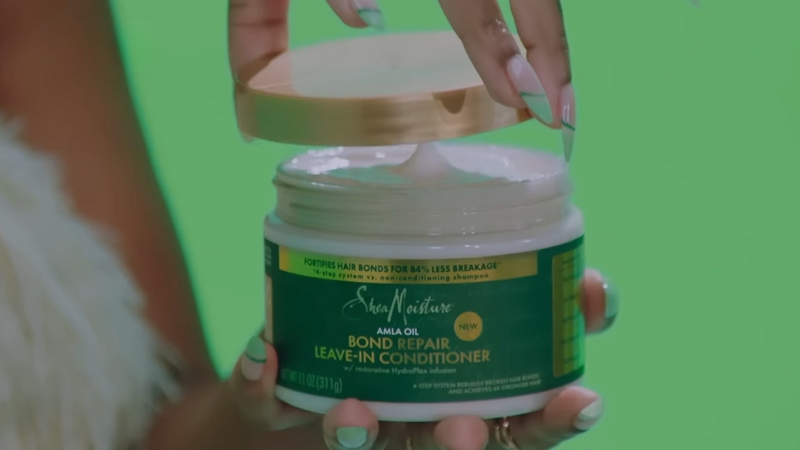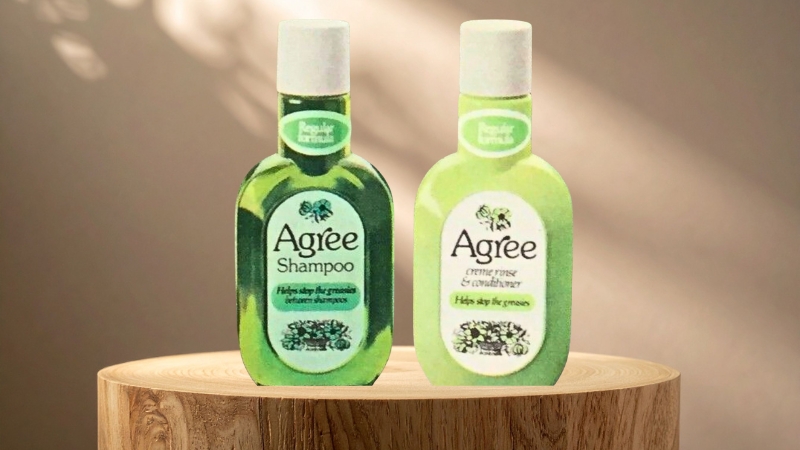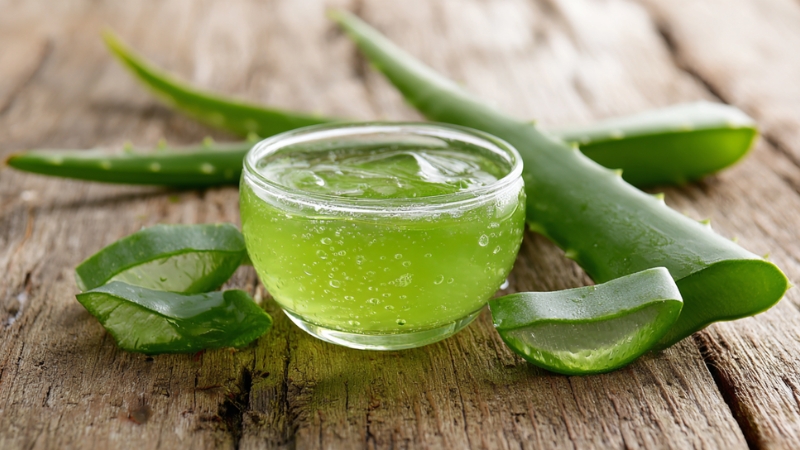
Share Post:
Aloe vera gel is one of those natural remedies almost everyone keeps at home, whether for soothing sunburns, moisturizing skin, or calming irritation after shaving.
But if you’ve had that same green bottle or jar sitting on your shelf for a while, you might be wondering: Does aloe vera gel expire?
The short and concrete answer is yes, aloe vera gel expires, and its shelf life depends greatly on how it’s made, stored, and whether it’s pure or mixed with preservatives.
Fresh aloe gel from the plant lasts only a few days, while commercial versions (like those from drugstores) can last up to two or three years when unopened and stored properly.
Once opened, even those start to degrade much faster.
How Long Does Aloe Vera Gel Last?
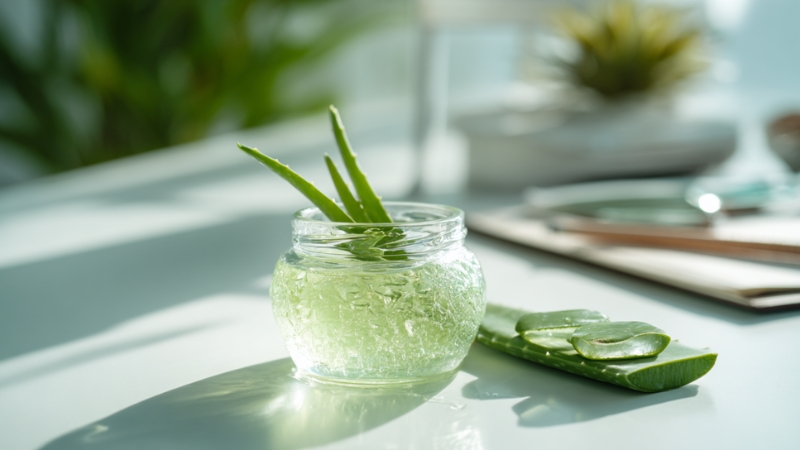
The shelf life of aloe vera gel varies widely depending on its composition and storage conditions. Freshly extracted gel spoils quickly because it lacks preservatives.
Commercial aloe vera gels, however, usually include stabilizers and natural preservatives that slow bacterial growth and oxidation.
Type of Aloe Vera Gel
Unopened Shelf Life
After Opening
Storage Conditions
Notes
Fresh aloe vera (homemade)
3–7 days
Up to 1 week
Refrigerated
No preservatives, very perishable
Commercial aloe gel (store-bought)
2–3 years
6–12 months
Cool, dry place
Contains stabilizers like citric acid or potassium sorbate
Aloe gel with added ingredients (e.g., lidocaine, fragrance)
2 years
6–9 months
Room temperature
May degrade faster due to chemical interactions
Frozen homemade aloe
Up to 1 year
Thawed: use within 1 week
Freezer
Best way to preserve DIY aloe for long-term use
How to Tell If Aloe Vera Gel Has Expired
Even if the expiration date hasn’t arrived, aloe vera gel can go bad earlier if it’s been exposed to air, heat, or moisture. Since aloe is mostly water and organic compounds, it’s highly sensitive to bacterial contamination and oxidation.
Here’s how to spot an expired or spoiled aloe gel:
Sign
What It Means
Action
Change in color
Gel turns from clear/light green to yellow or brown
Discard immediately oxidation or bacterial contamination
Strange odor
Sour, fermented, or musty smell instead of fresh/neutral
The product has gone bad
Texture change
Clumpy, watery, or slimy consistency
The emulsion has separated; unsafe to use
Mold spots
Visible dots or specks
Strong sign of contamination, do not apply to the skin
Ineffective results
No longer cools or soothes skin
Active compounds (like polysaccharides) have degraded
Expired aloe vera can cause mild skin irritation or rashes, especially if applied to open cuts or sensitive skin, so it’s always safer to throw it away once it looks or smells different.
1. Store It in a Cool, Dark Place
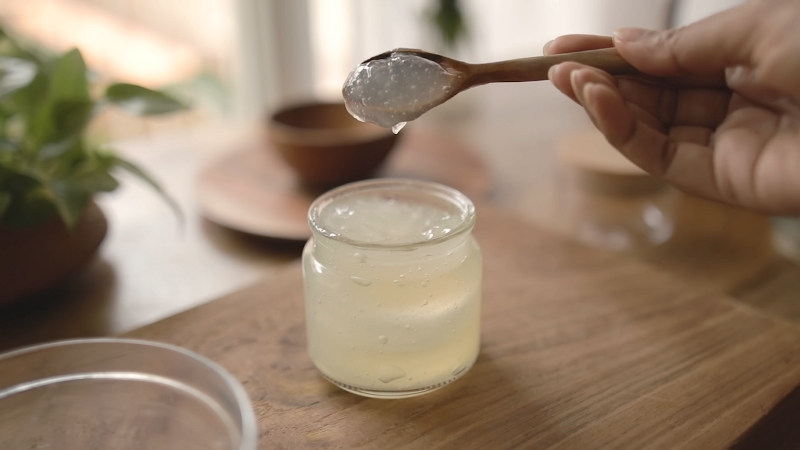
Aloe vera gel’s biggest enemies are sunlight and heat. Both accelerate oxidation, break down beneficial enzymes, and encourage bacterial growth.
If you keep your aloe gel in the bathroom (where it’s warm and humid), it will likely spoil faster. Instead, store it in a cool, dry cabinet or refrigerator. The fridge not only extends shelf life but also keeps the gel pleasantly cool, perfect for soothing burns or insect bites.
2. Use Clean Hands or a Spatula
Whenever you dip your fingers directly into a jar, you introduce bacteria and moisture that shorten the gel’s life. Aloe vera, especially the natural kind, lacks strong preservatives, so contamination can happen quickly.
To keep it clean:
3. Keep It Sealed Tight
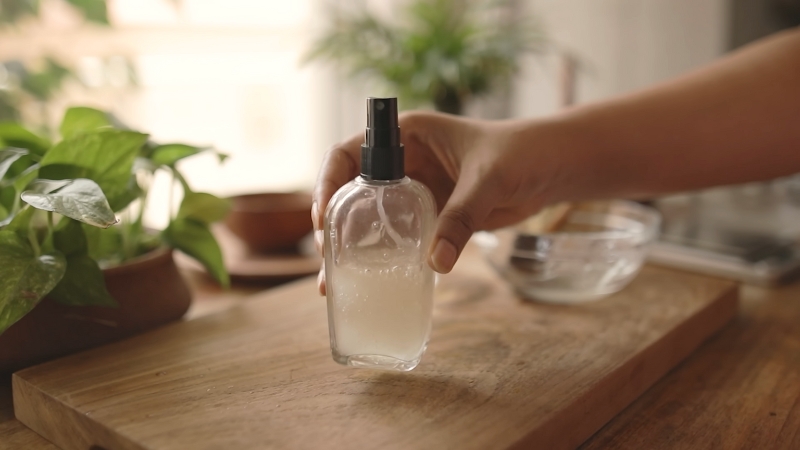
Exposure to air is one of the main reasons aloe vera spoils early. Oxygen triggers oxidation, which breaks down aloe’s beneficial components and alters its texture and scent.
Always make sure to close the lid tightly after every use. If you bought aloe vera gel in a tube or pump, leave it that way; those containers limit air exposure far better than open jars.
4. Refrigerate Fresh Aloe Immediately
If you make your own aloe vera gel from the plant, refrigeration is non-negotiable. The fresh inner gel begins to degrade within hours once exposed to air.
Store homemade aloe gel in a sterile, airtight glass jar and refrigerate it immediately. It should stay good for up to a week.
For long-term use, freeze it in ice cube trays; this method locks in nutrients and lets you thaw just enough for single use.
Storage Method
Temperature
Lifespan
Tip
Room Temperature
~22°C / 72°F
1–2 days
Only if using the same day
Refrigerator
~4°C / 39°F
5–7 days
Keep sealed in a glass container
Freezer
-18°C / 0°F
Up to 12 months
Freeze in cubes for easy portioning
5. Check the Ingredients and Expiration Date
Not all aloe vera gels are created equal. Pure aloe (over 95% aloe content) tends to spoil faster than mixed formulations containing stabilizers or alcohol.
Check the ingredient list for citric acid, ascorbic acid, or potassium sorbate; these natural preservatives help extend shelf life.
Also, note the expiration date printed on the tube or jar. If it’s past that date, don’t risk using it even if it looks fine. The active compounds responsible for aloe’s soothing effects break down over time, reducing its benefits.
The Bottom Line
Aloe vera gel is one of the most useful natural products for skincare, but it’s not invincible. Yes, it does expire, usually within a year after opening, or within a week for homemade versions.
To keep it fresh:
By following these simple storage practices, you’ll preserve the cooling, healing power of aloe vera and never have to wonder again whether your gel is still safe to use.
Related Posts:
- Does Shea Moisture Expire? 5 Tips to Increase Its Shelf Life
- Does Self Tanner Expire? - Learn About Shelf Life
- Does St Tropez Expire - When to Say Goodbye to Your Tan?
- Does Petroleum Jelly Expire? Truth About Vaseline's…
- Secrets to Glowing Skin with Just Primer and Setting Spray
- How Long Does Bondi Sands Last Before It Expires?



